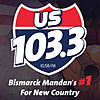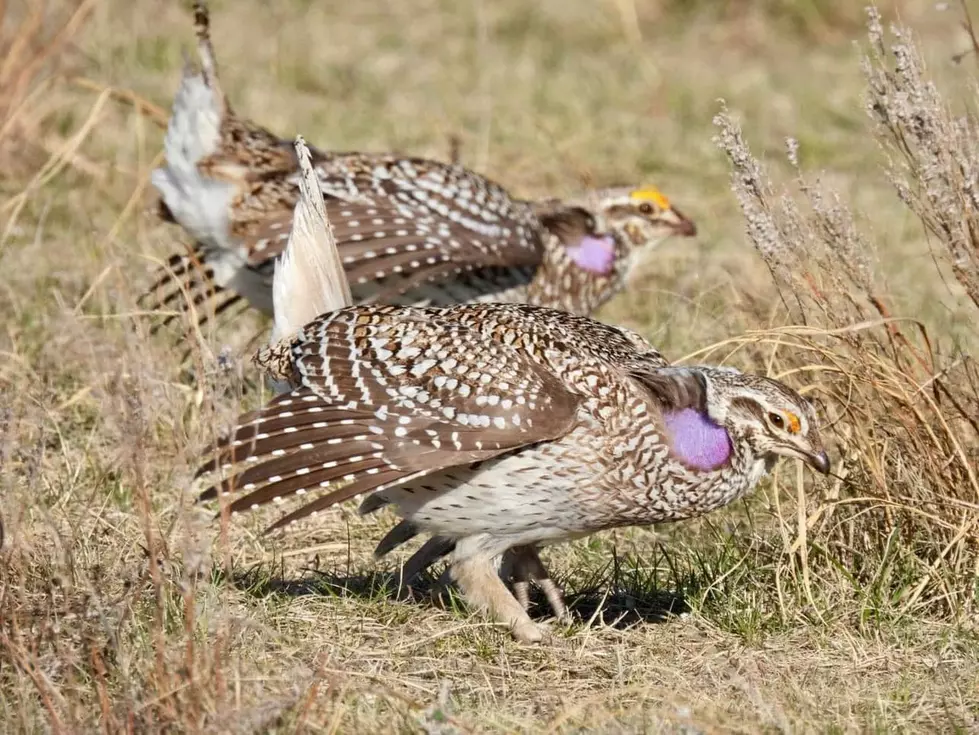
The Turf Revolution Is Reshaping Baseball In North Dakota
In the heartland of North Dakota, where the winds whisper through golden fields of wheat and the crack of a baseball bat echoes across small-town stadiums, a quiet revolution is underway.

The death knell of natural grass baseball fields is ringing, replaced by the steady march of artificial surfaces. While this shift may initially seem like sacrilege, a betrayal of tradition, it's actually a positive step forward for the game in North Dakota.
For generations, baseball has been synonymous with the smell of freshly cut grass, the feel of dirt beneath cleats, and the sight of emerald green fields stretching out to the horizon. But in a state known for its harsh winters and short growing seasons, maintaining pristine natural grass fields year-round has become a Sisyphean task.
Enter artificial turf, with its promise of durability, consistency, and all-weather playability.
One might argue that artificial surfaces lack the charm and character of natural grass and that they represent a departure from the romanticized image of baseball played on sun-drenched diamonds under azure skies.
And indeed, there is something undeniably nostalgic about an all-grass field that harkens to when your worries melted away with grass-stained knees and dirty jerseys. But nostalgia alone cannot sustain the practical needs of modern baseball in North Dakota.
Artificial turf offers several distinct advantages over natural grass, particularly in a region where the weather can be unforgiving and unpredictable. No more rainouts due to waterlogged fields or delays caused by muddy infields.
With artificial surfaces, games can (mostly) proceed as scheduled, ensuring players and fans alike can enjoy a full season of baseball without interruptions.
Artificial turf also requires significantly less maintenance than natural grass, saving both time and resources for cash-strapped community leagues and schools. There's no need for expensive irrigation systems, constant mowing, or pesticides to keep the field looking pristine.
This means more money can be directed towards improving facilities, investing in player development, and expanding access to the game for youth across the state.
Critics may argue that artificial turf lacks the authenticity and tradition of natural grass fields, but the truth is that baseball is evolving. Just as players now wear lightweight synthetic uniforms and swing high-tech composite bats, so too are the fields on which they play adapting to meet the demands of the modern game.
The death of natural grass baseball fields in North Dakota may symbolize a departure from tradition, but it also represents progress.
It's a testament to the resilience and adaptability of America's pastime, ensuring that baseball remains accessible and enjoyable for future generations of players and fans in the rugged landscapes of the Peace Garden State.
So let us embrace the changing times, tip our caps to the memories of grassy diamonds past, and welcome the dawn of a new era in North Dakota baseball.
America's Worst Coffee Brands
Gallery Credit: Samm Adams
See Photos of the Famous 'Yankees House' in Upstate New York
Gallery Credit: Dan Bahl



